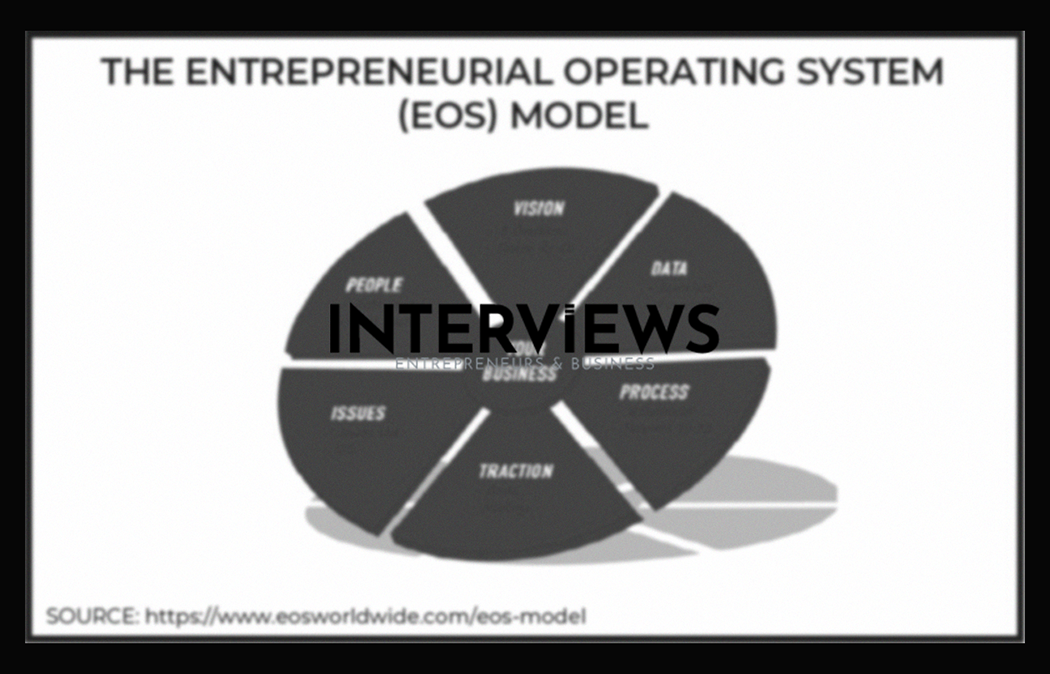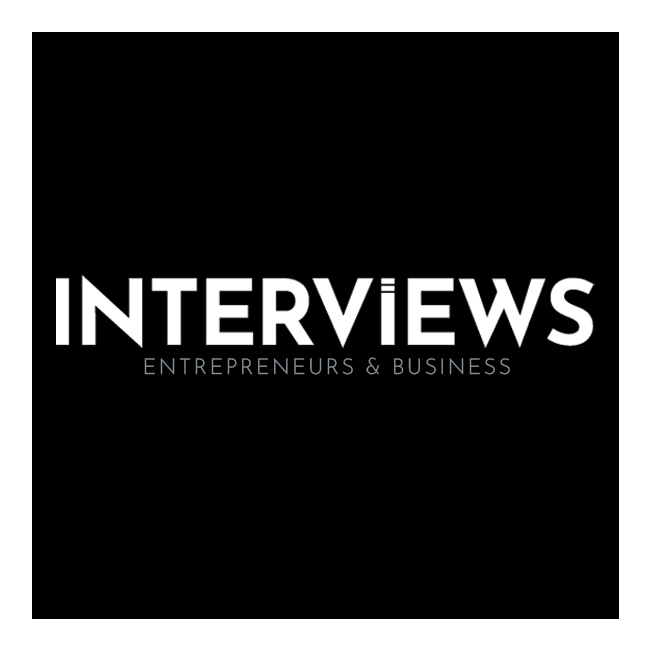Gino Wickman and the EOS: Is This the Traction Your Business Needs?
Let’s discuss getting your business on track. Gino Wickman can guide us. He created the Entrepreneurial Operating System (EOS). His dad, Floyd Wickman, is a successful entrepreneur. Business success runs in families.
Gino is now 54. He took his family’s entrepreneurial DNA and created EOS. His book, “Traction: Get a Grip on Your Business,” explains it all. Many readers find it useful. Imagine that!
What’s the Deal with “Traction”?
Readers say the “Traction” book is a practical guide. It holds genuinely useful ideas. It helps those struggling to move their new businesses forward. They describe it as insightful and easy to digest. It offers business advice that anyone can understand.
The book shows how to run your company better. It’s not just theoretical; it’s about real-world application. What is at its core? The Entrepreneurial Operating System. EOS boosts business efficiency. It helps manage growth without constantly putting out fires.
Decoding the Entrepreneurial Operating System (EOS)
So, what is EOS exactly? “EOS” stands for Entrepreneurial Operating System. Wickman created it to help business leaders. He wants them to run great businesses, not just good ones. The goal? Better control and real traction. It’s about getting everyone in your organization moving in the same direction.
EOS is a structured framework. It brings clarity and simplicity to your vision. It provides practical tools and concepts to achieve that vision. No fluff, just actionable steps.
The Six Keys to Traction
This “Traction” concept isn’t wishful thinking. It rests on six key principles. They are the pillars of business success:
- Vision: Know where you’re going. Important!
- Data: Base decisions on facts, not gut feelings.
- Process: Streamline how things get done.
- Traction: Execute your plans effectively.
- Issues: Solve problems when they arise.
- People: Place the right people in the right roles.
EOS Implementation: Is It All Smooth Sailing?
Implementing EOS isn’t easy. It involves components, meetings, and discussions. Some think it’s too much. One view is that while improvements take time, EOS can feel burdensome. It’s like committing to fitness but living at the gym.
Like structured programs, EOS has rules. It encourages strict adherence. Straying is seen as not ideal. This rigidity may discourage businesses from adapting EOS to fit their needs. It’s like a one-size-fits-all suit – sometimes it works, sometimes it needs tailoring.
For a different perspective, check this article: Why I Don’t Drink the Kool-Aid: My Experience with EOS. Different viewpoints are good!
“Traction” – The Book and the Idea
Back to “Traction.” The book and EOS aim to empower business owners. They help entrepreneurs grip on their operations. It’s about control, direction, and unifying efforts. Remember those six principles? They’re the building blocks of success.
If you’re curious about the book, check it out here: Traction: Get a Grip on Your Business.
The Role of EOS Implementers
Considering professional help with EOS? There are EOS Implementers. They guide you through the process. It’s essential to know the cost. The average fee is about $4,536.47 per session. It’s a substantial investment.
Want More Reading Material?
Diving into EOS and “Traction”? There’s a suggested reading order for optimal learning. The order matters in the Wickman-verse.
- First: Traction: Get a Grip on Your Business. Start here; it makes sense.
- Next: “Get a Grip.” A logical follow-up.
- Lastly: “Rocket Fuel.” This is where things get fascinating.
EOS vs. Rockefeller Habits: A Quick Comparison
EOS isn’t the only business system. Have you heard of Rockefeller Habits? Let’s compare them. EOS focuses on clear vision and team alignment. It ensures accountability across the board. Rockefeller Habits centers on sustainable growth and strong culture.
For an overview of “Traction,” Readingraphics offers a summary. Handy if you want to understand the gist before reading.
So, EOS: Is It For You?
Ultimately, EOS and “Traction” offer structured ways to run your business effectively. It’s about unifying everyone, making data-driven decisions, and refining processes. It could provide traction some businesses need. However, it’s not a magic bullet and may require adaptation to fit your unique needs.





